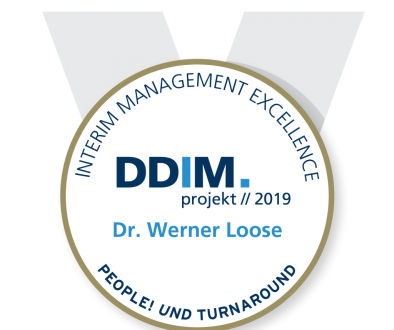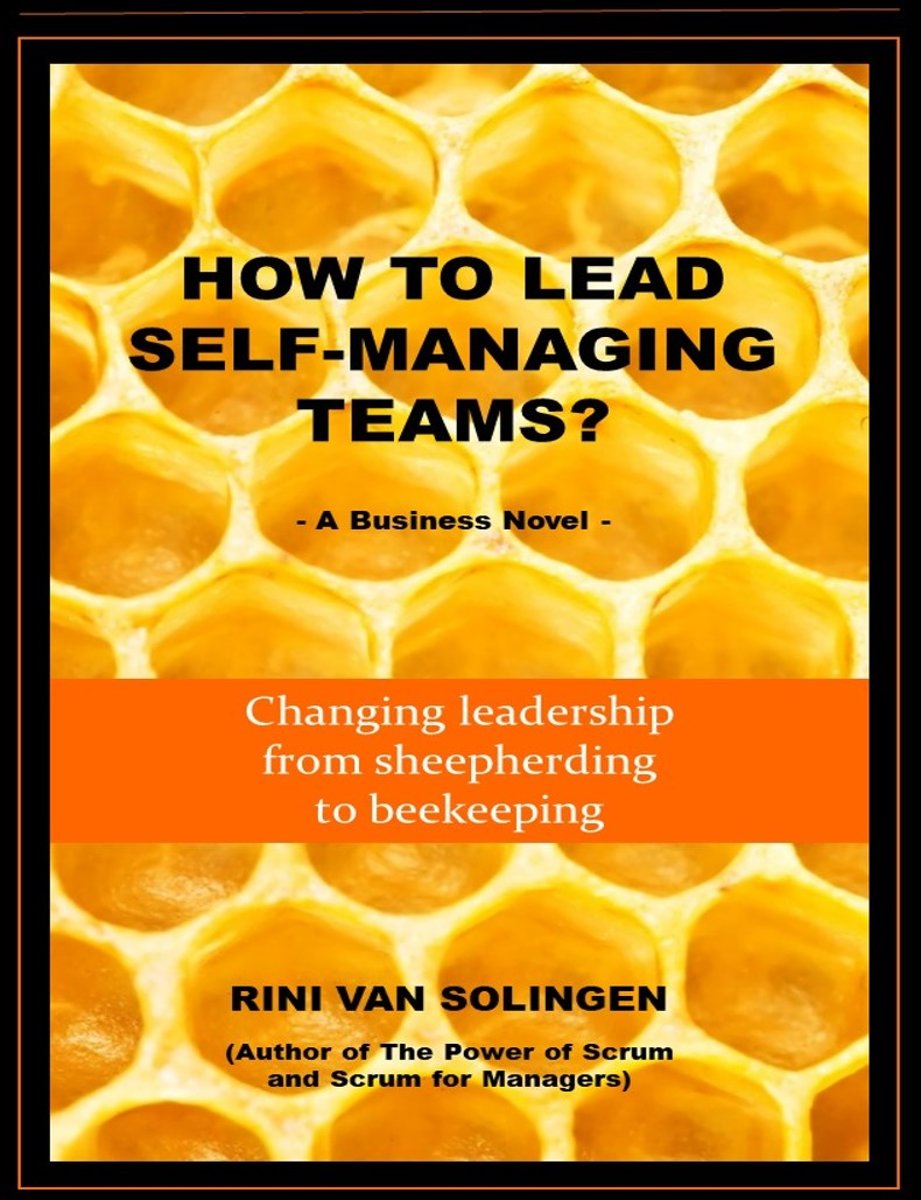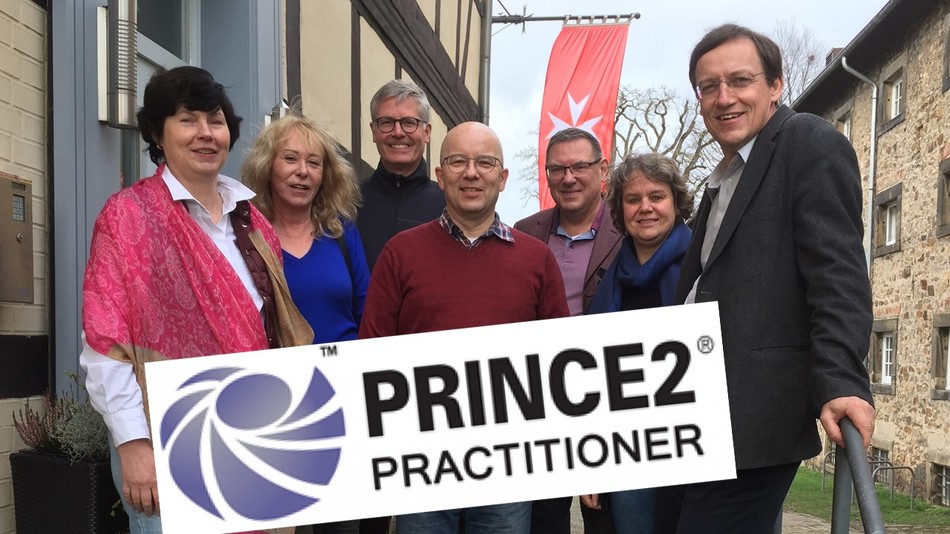HR vacancy bridging with blind spot detection
A vacancy of the HR Manager role is a chance to upgrade the HR function. In this article I am advocating to secure and boost those chances by assigning an experienced HR interim manager (HRIM) to actively bridge the vacancy period.
While the risks are apparent and of both short and long term nature, the chances of an HR management change are less concrete and materialize in the future only. It takes time to find the right person, and even more time till he or she has the organizational savvy and standing to really make a difference. A permanent new hire needs to act carefully, needs to establish trust and relationships first, before being able to make a difference. This takes time and still bears the risk to not be successful at the end.
The HRIM, however, can act immediately, there is no need for politics: I am measured against the operational project tasks and the organization is aware of the focused and temporary scope.
The “blind-spot detection” is a build-in feature you’ll get with the HRIM approach.
As a natural side effect, clients get an organizational assessment of their HR function, its processes, structure and staff. Not from an outside consultant’s perspective, but from a practical inside perspective. The results can then be used to either implement immediate improvements, to initiate smaller projects, or to be addressed early on by the new hire.
Examples of such add-ons during my assignments (in Germany and abroad) were related to organizational aspects (business partnering), HR controlling tools and processes, recruiting and induction for engineers as well as for blue collar workers, social media supported recruiting, and labor cost containment. They span a large spectrum of the HR work and were typically not part of the initial briefings.
The natural and on-the-job mentoring and coaching helped to stabilize and further develop the HR teams in the transition period.
It was striking that these add-on benefits were perceived even more valuable than the smooth continuation of the operation by itself. The benefits of an HRIM approach became quickly visible and brought along further longer-term chances.
These add-ons made the vacancy bridging approach a good investment, beyond the risk mitigation aspect. The waiting time for the newcomer was not lost, but actively used for improvements. The ground was well prepared for the handover to the permanent successor.




